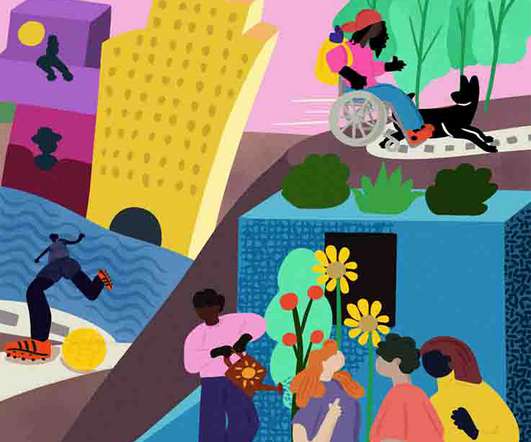Housing and Health: Creating Solutions With Communities
Stanford Social Innovation Review
NOVEMBER 3, 2022
In vibrant and thriving communities, people have the power and resources to realize their vision of health and well-being. Residents, regardless of zip code or how much money they have, can breathe clean air, eat healthy and culturally appropriate food, and have a safe, affordable place to call home.












Let's personalize your content